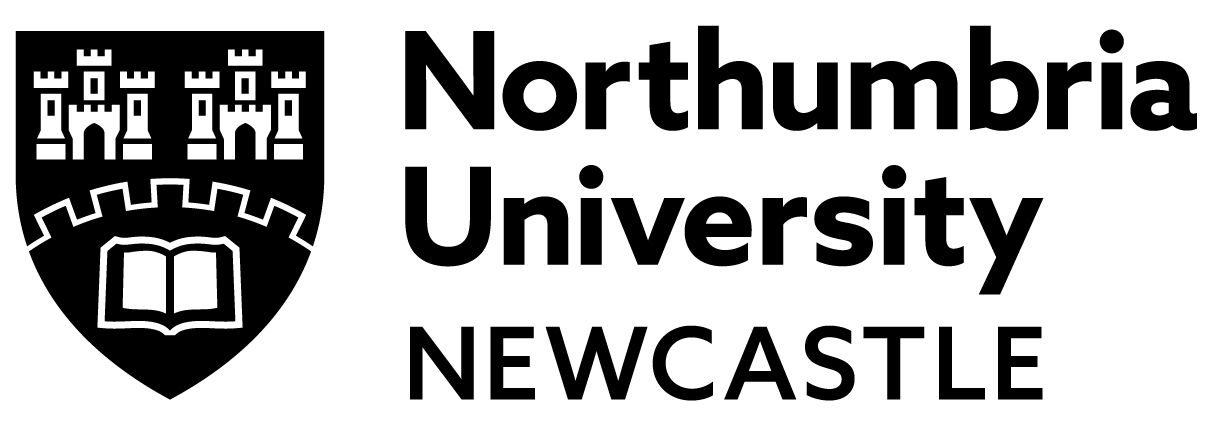BUILDING OFFSITE RESILIENCE USING CAPABILITY-DRIVEN STAGE GATES
Keywords:
Offsite; Construction; Maturity; Resilience; CapabilityAbstract
Architecture, Engineering and Construction (AEC) organisations often operate in highly volatile/uncertain environments, with the only constant being that of ‘risk’. Given this, several organisations have now started to use offsite delivery platforms to mitigate some of the issues associated with ‘traditional’ construction challenges, particularly: cost overruns, delays, skills shortages, quality-control, waste (materials/resources), sustainability, health and safety etc. However, migration from ‘traditional’ thinking to ‘offsite’ thinking is uniquely beset with its own set of problems, most notably, what organisations need to have in place, ergo skills, resources, people, process, technology etc. Whilst the answers to these questions are not in themselves overly complex, having a detailed understanding of these can help organisations improve their organisational resilience. This research presents findings from three multinational AEC organisations based in Turkey. These organisations were going through offsite transition, and each faced bespoke challenges associated with ‘perception awareness’ and division in ‘stratified thinking’. To mitigate this, a cross-case study approach was used to evaluate awareness and thinking across three managerial levels (First Line Management; Middle Management; Top Management). Saturation analysis was used to secure representation and collective understanding to support theme discovery. Findings were then mapped into a hybrid offsite transition model, which was based on resilience metrics and capability-driven stage gates. This model provides organisations with clear directions on how to leverage resources, capabilities and intellectual capital - to not only underpin organisational responsiveness and resilience per se, but also the stage gates and evidence metrics needed to deliver future offsite exploitation.
Downloads
Published
Conference Proceedings Volume
Section
License
Copyright (c) 2024 University of New Brunswick

This work is licensed under a Creative Commons Attribution 4.0 International License.
Authors/employers retain all proprietary rights in any process, procedure or article of manufacture described in the Work. Authors/employers may reproduce or authorize others to reproduce the Work, material extracted verbatim from the Work, or derivative works for the author’s personal use or for company use, provided that the source is indicated.




